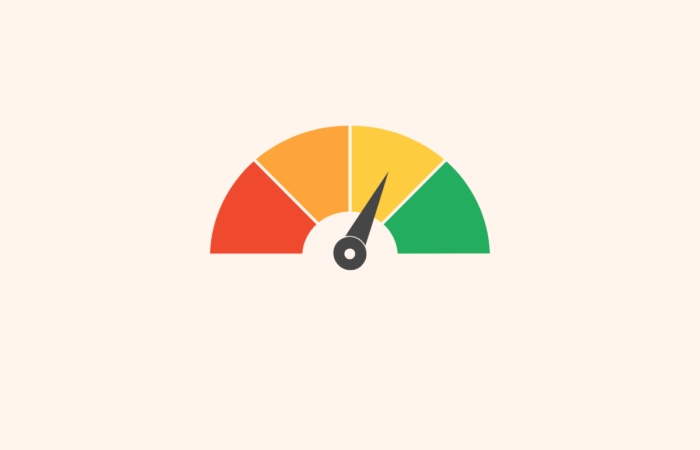Having a privacy policy isn’t just legal mumbo-jumbo – it’s your first line of defense against hefty fines and crucial to building customer trust. A solid privacy policy explains how your website, app, or digital service collects, uses, and protects user data. Having trouble getting started? Here’s everything you need to know about creating a privacy policy that actually works (and keeps regulators away).
Table des matières
What Is a Privacy Policy and Why Do You Need One?
A privacy policy describes how your company gathers, uses, manages, and protects user data. When users interact with your service, your privacy policy informs them what happens to their données personnelles.
Here’s why you absolutely need a privacy policy:
- Legal Requirements: Laws like GDPR, CCPA, and many others globally mandate having a privacy policy
- Trust Building: Users are more likely to engage with services that clearly explain data practices
- Avoiding Penalties: Non-compliance can result in serious fines (GDPR fines can reach up to €20 million or 4% of annual revenue)
Platform Requirements: App stores and third-party services often require a privacy policy before you can use their platforms
Essential Elements of a Privacy Policy
An effective privacy policy should include the following sections
1. What Data You Collect
Provide a clear explanation of what personal data you are collecting and how it will be used. Examples include:
- Contact information (names, email addresses, phone numbers)
- Technical data (IP addresses, device information, cookies)
- User activity and behavior data
- Payment details
As an example, “Online identifiers (cookies) and device IDs are collected on our website so that we can have analytics to improve our service.”
2. How You Collect This Data
Describe the methods used to gather information:
- Forms and direct submissions
- Cookies and tracking technologies
- Third-party sources
- API integrations
3. Why You’re Collecting It
Your privacy policy should clearly state your purposes for data collection:
- To provide and improve your services
- For personalization and user experience enhancement
- Marketing and communication purposes
- Legal obligations and compliance
4. How You Store and Protect It
Detail your security measures and data retention policies:
- Encryption methods used
- Access controls
- Data retention timeframes
- Security protocols
5. Who You Share It With
Disclose any third parties with whom you share user data:
- Service providers and processors
- Analytics partners
- Advertising networks
- Legal authorities when required
- Data brokers?
6. User Rights Regarding Their Data
Outline what control users have over their information:
- Access and download rights
- Correction and deletion options
- Opt-out mechanisms
- Data portability
GDPR-Specific Requirements for Your Privacy Policy
Across the globe, GDPR is widely considered to be the gold standard in terms of privacy policies. Your privacy policy needs these additional elements if you have EU users (hint: you probably do):
Legal Basis for Processing
For every data that you are collecting, you need a legal basis for it, based on Art. 6 of the GDPR. Explain which of the six legal bases you’re using:
- Consent
- Contractual necessity
- Legal obligation
- Vital interests
- Public interest
- Legitimate interests
Example: “We process your contact details based on your consent when you opt in to receive marketing communications from us.”
Personne concernée Rights
Describe the specific rights GDPR grants users and how they can act on those rights:
- Right to access
- Right to rectification
- Right to erasure
- Right to restrict processing
- Right to data portability
- Right to object
- Rights related to automated decision making and profiling
International Data Transfers
If you transfer data outside the EEA, explain:
- Where data is transferred to
- Safeguards in place (SCCs, adequacy decisions, etc.)
- How users can get more information
Data Protection Officer
If applicable, provide contact details for your Data Protection Officer or EU representative.
CCPA-Specific Elements for Your Privacy Policy
The California Consumer Privacy Act (CCPA) has its own requirements if you serve California residents:
Categories of Personal Information
List the categories of personal information collected in the past 12 months according to CCPA definitions.
Example: “Under CCPA classifications, we collect identifiers such as real name and email address; commercial information such as products purchased; and internet activity information such as browsing history.”
California Consumer Rights
Outline specific CCPA rights:
- Right to know/access
- Right to delete
- Right to opt-out of sale
- Right to non-discrimination
“Do Not Sell My Personal Information” Link
Explain how users can opt out of the sale of their personal information (if applicable) and provide a conspicuous link.
Authorized Agent Information
Detail how consumers can designate an authorized agent to make requests on their behalf.
Common Privacy Policy Mistakes to Avoid
You don’t need a lawyer to draft a privacy policy. However, when drafting one, avoid these rookie errors:
- Cookie-cutter templates: Generic privacy policies often miss your specific practices. Also, don’t copy your competitors’ policies and change the name.
- Overpromising: Never claim “we never share your data” unless it’s 100% true
- Ignoring mobile: If you have an app, include mobile-specific practices
- Outdated policies: Regularly review and update as your practices evolve
Final Thoughts
Regulations relating to privacy are constantly evolving. To meet changing user expectations and requirements, your privacy policy must be a living document.
Use hoggo to build a Trust Profile and generate a Privacy Policy from it.

Noa Kahalon
Noa est certifiée CIPM, CIPP/E et Fellow of Information Privacy (FIP) de l'IAPP. Elle a travaillé dans le domaine du marketing, de la gestion de projets, des opérations et du droit. Elle est cofondatrice et directrice de l'exploitation de hoggo, une plateforme de gouvernance numérique pilotée par l'IA qui permet aux équipes juridiques et de conformité de se connecter, de surveiller et d'automatiser la gouvernance numérique dans tous les flux de travail de l'entreprise.
- Noa Kahalon#molongui-disabled-link
- Noa Kahalon#molongui-disabled-link
- Noa Kahalon#molongui-disabled-link
- Noa Kahalon#molongui-disabled-link




